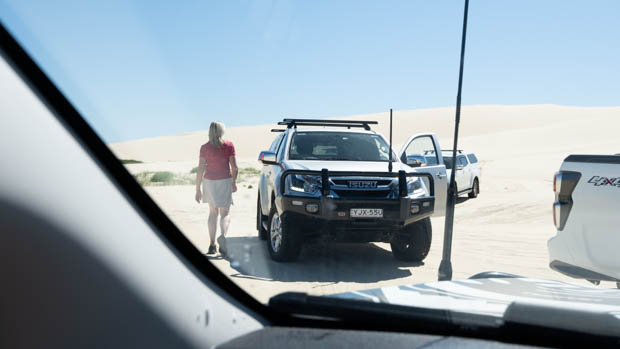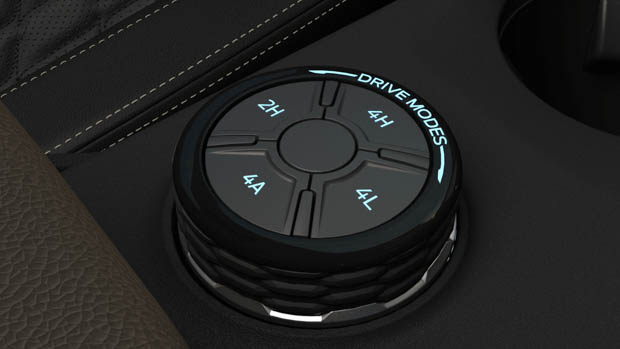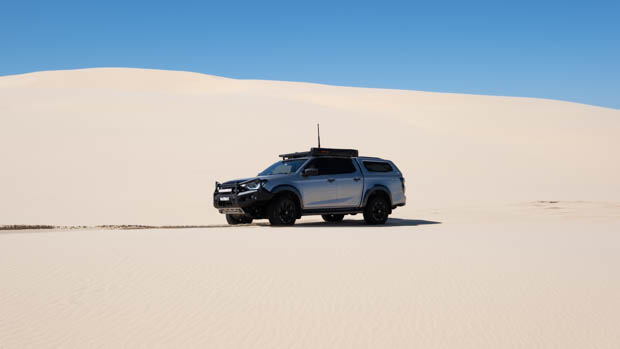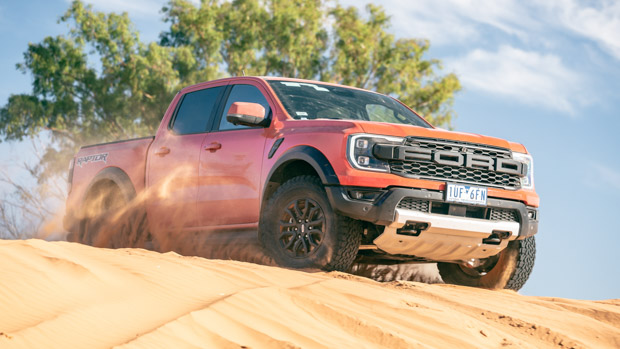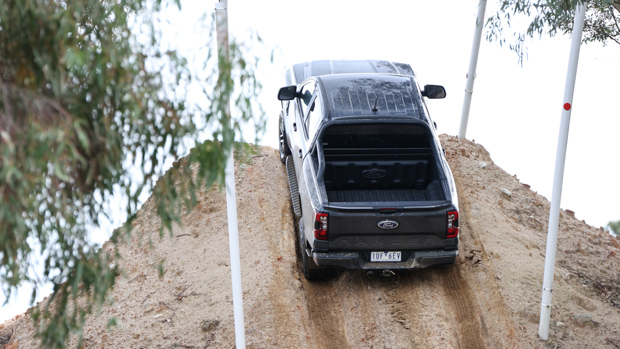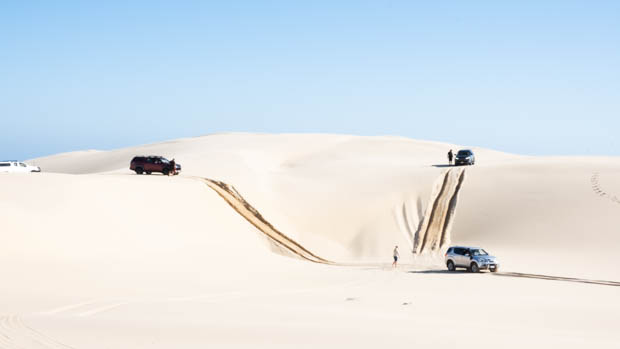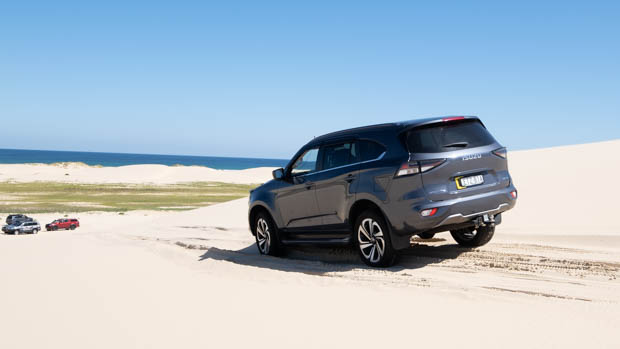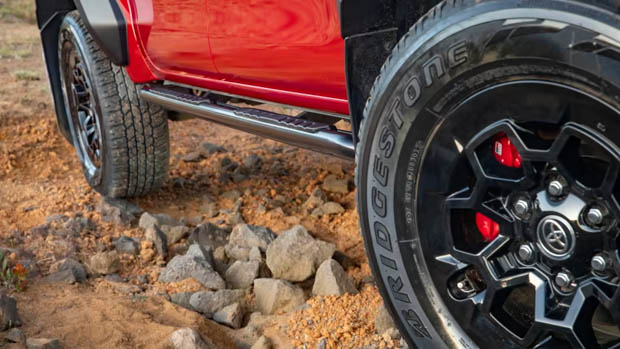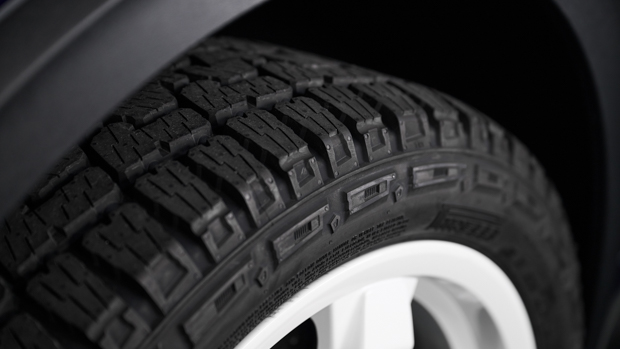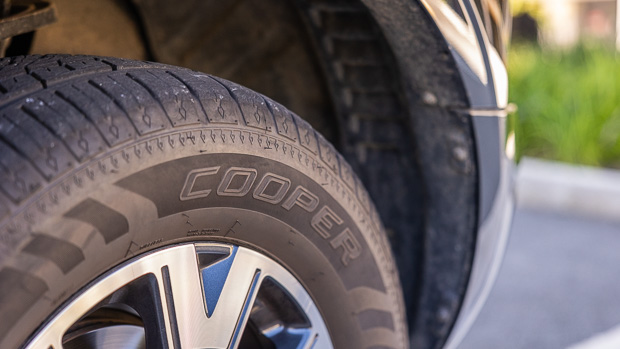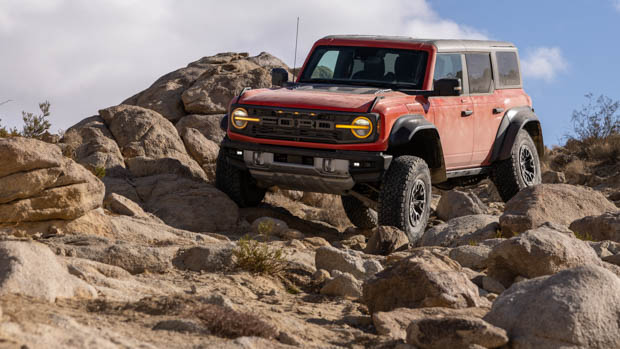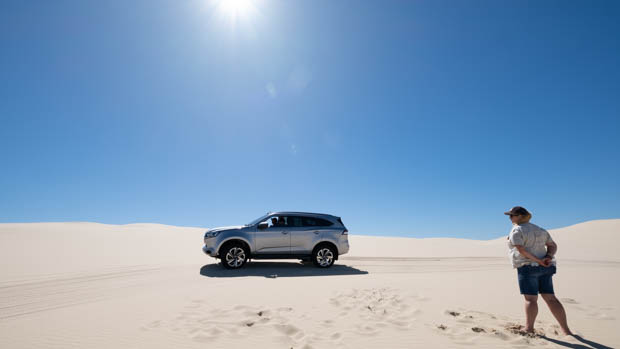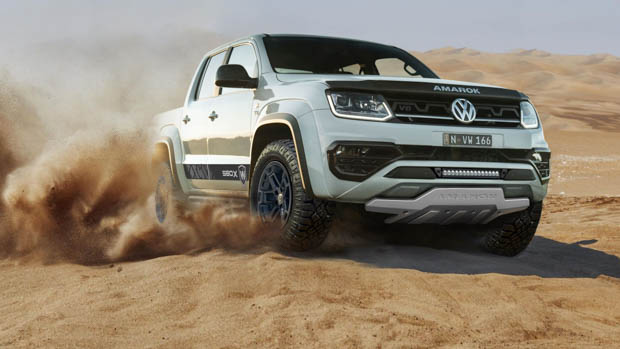-
Car Reviews
- Car News
-
Car Comparisons
Latest comparisons
- Chasing Deals
There is more than meets the eye when it comes to driving off-road for the very first time – here are some tips from Isuzu on how to do it best
Off-roading is an extremely popular recreational activity here in Australia. Each year, the many thousands of Aussies take their four-wheel drives off the beaten path for camping, exploring, hiking and recreational day tripping.
Chasing Cars was fortunate enough to take part in one of Isuzu’s I-Venture Club days, but it wasn’t just about time behind the wheel. Along with passionate Isuzu owners, we spent hours learning all the tips and tricks about four-wheel driving and how to best use these techniques and theory in real-world driving.
Here is what we learnt and how it can benefit you when you go off-roading next.
Not all four-wheel drives are full-time four-wheel drives. Vehicles such as the Isuzu D-Max, Toyota Hilux, Ford Ranger, Isuzu MU-X and Toyota Fortuner – just to name a few – are all part-time four wheelers.
What this means is that for the majority of driving, these vehicles use a two (rear)-wheel-drive mode, but can be switched into four-wheel drive via a gear selector, or these days, a button or rotating dial inside the car.
A full-time four-wheel drive, meanwhile, is constantly driving all-four wheels. Some of the cars that use this function include the Toyota Prado and Land Cruiser, the outgoing Volkswagen Amarok and the Land Rover Discovery and Defender models.
For part-time four-wheel drives, yes, that’s completely true. Driving your part-time pride and joy in four-wheel drive across a bitumen surface can have detrimental effects on your vehicle’s driveline.
The reason for this is that the grip of a bitumen road can create what’s called ‘wind-up’ or ‘binding’. And this can occur across the axle, in the driveline between the axles, or both.
Symptoms are that 4×4 wind-up can create wear and friction within the differentials and drive shafts. If you drive in four-wheel drive while turning on a bitumen road, you’ll find it’s often hard to steer. This is the point where you should return your car to two-wheel drive as soon as it is possible.
Full-time four-wheel drives are able to be safely driven both on the bitumen and loose surfaces. Driving a full-time off-roader on the bitumen will not cause the car any long-term damage provided that either axle or centre switchable differentials are not set to a locked setting.
Most, if not all four-wheel drives, will include a low-range mode, which puts the vehicle onto a lower gear set. This function is designed mainly for super slippery conditions, steep ascents (and descents) and situations where you need greater low-down torque.
To activate low range, you will need the vehicle to be stationary and with the wheels pointing dead straight ahead. The transmission will also need to be in neutral before the low-range transmission will engage successfully.
If the transmission is not in neutral, you may find that you will hear a beeping sound or that the four-wheel drive low light will not be illuminated. Once the light is on, you’ll be able to use the low-range function to get through your next obstacle!
For shifting between two-wheel drive and four-wheel drive (high), this can generally be done on the fly at speeds up to 100km/h in most of today’s 4x4s. You will need to ensure that the wheels are pointing straight ahead, though, and that you are not applying throttle while making the change.
Many modern four-wheel drives now come fitted as standard with a function called Hill Descent Control (HDC).
For Isuzu vehicles, to engage HDC, set the transmission to drive or, for a manual, first or second gear, then press the HDC button to engage the function.
If you’re at the top of a very steep descent, simply let go of the accelerator and brake pedals and let the car brake itself as you descend the hill. The system will automatically apply the brakes when needed, so you will not need to touch any pedal until the car makes it to the bottom of the hill.
This is a very handy feature and worth using if you find yourself descending a particularly steep piece of track.
It also benefits the situation because, if you use the brakes down hill, there is the possibility that the car could lock up and slide, making it much harder to control and could add unnecessary risk to the situation.
A lot of people might look at the side of a tyre and not fully understand what the tyre numbers actually mean. Let’s take a look at a 265/50 R20 107 V tyre as our example and break down what means what.
265 = the tyre width across the face
50 = the width of the side wall of the tyre (also called aspect ratio)
R = radial construction
20 = diameter of tyre in inches
107 = the load index rating of the tyre
V = the speed index rating of the tyre
To better understand what these mean, we have broken it down a little further:
Isuzu’s I-Venture Club instructor, David Wilson, said that it is common for car dealerships and service centres to over-inflate tyres past the recommended pressures found on the tyre placard. The placard states the recommended pressure from the manufacturer and will tell you exactly how much pressure is needed depending on how much load you are carrying.
The experts from Isuzu recommend for 18-inch wheels that you inflate your tyres with 33psi (227kpa) at the front and 33psi (227kpa) at the back for day-to-day bitumen driving.
For those running low-profile tyres on large wheels – such as the Isuzu MU-X LS-T with its 20-inch wheels in factory form – Isuzu recommends using the 20 percent rule – 20 percent less pressure with 20 percent less speed when going off-road.
What about when I’m going off-road?
Isuzu had an excellent way of determining what tyre pressures you should run for different off-road circumstances. For high speed highway driving, you should set your pressures between 33psi (227kpa) and 36psi (248kpa). Pressures should then drop as the road or track surface changes or gets more extreme.
For a dirt road, 29psi (200kpa) is recommended. You should drop your pressures to around 20psi (138kpa) for loose clay or a very rocky road and 18psi (124kpa) for sand driving.
Anything under 15psi (103kpa) is considered as emergency pressures and should only be used if you absolutely have to. For example, during a vehicle recovery in a very tricky situation.
Why do I need to reduce tyre pressures when I go off-road?
The reason for reducing tyre pressures is to increase the footprint of the tyre and to avoid the risk of getting a puncture.
Really rocky sections on a track will lead to quick punctures if the tyre pressures remain at their factory settings because the tyre doesn’t have any room to move or the ability to sustain such an impact.
On sand and very loose surfaces, lower tyre pressures allow the tyre to spread out and bite into the surface to push the vehicle through.
It’s important when driving with low tyre pressures to turn slowly and at slower speeds to stop the chance of the tyre falling off the rim.
Being a good off-roader is not just about driving skills, but knowing the basics and equipping your vehicle before you go for a drive.
Isuzu’s products are pretty capable out of the box, but by no means are they ideal for all 4×4 situations straight from the factory.
Before you even hit the tracks, Isuzu’s chief instructor, David Wilson, stresses the importance of setting up your vehicle with the right wheel and tyre combo to get the best out of your four-wheel drive.
David recommended that you do away with the standard tyres fitted to your car from the factory and instead go with a light-truck tyre as an alternative.
Light truck tyres are stronger and not necessarily more expensive than regular passenger vehicle tyres.
What do I do about tyre pressures if I run a light truck alternative?
Isuzu recommends that you run the same pressures as you would for a passenger car tyre – like the ones fitted to your car from the factory – based on what the placard says on the inside of the driver’s door.
It’s also worth rotating the tyres often to ensure even wear across all four points of the car.
Latest news
About Chasing cars
Chasing Cars reviews are 100% independent.
Because we are powered by Budget Direct Insurance, we don’t receive advertising or sales revenue from car manufacturers.
We’re truly independent – giving you Australia’s best car reviews.
